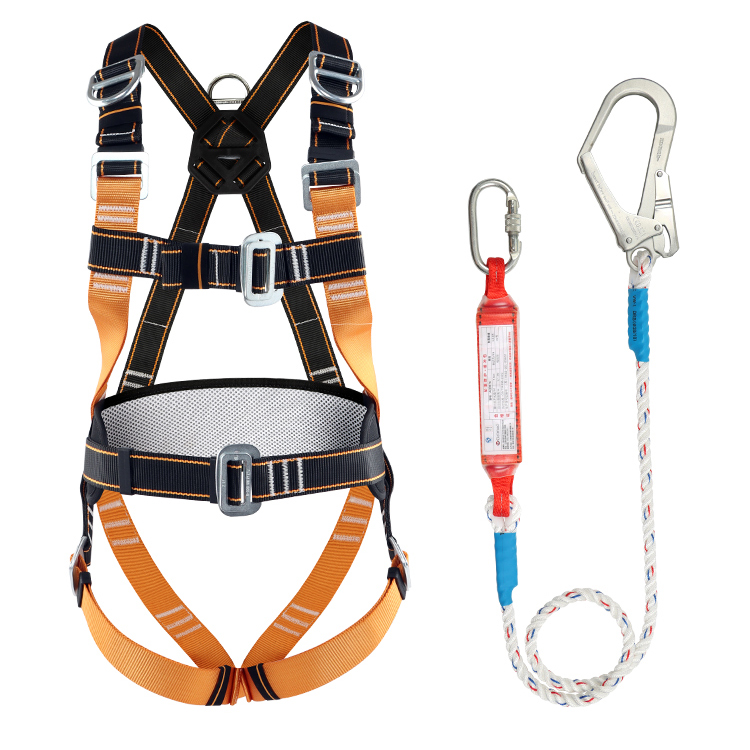Do you know how to use a roof safety harness properly? Can you spot a faulty harness? How is safety harness use integrated with risk assessment? In this article, you will quickly gain various theoretical and practical knowledge about the use of roof safety harnesses.
Roof safety harness, sometimes simply refers to safety harness, is a type of fall protection PPE. A safety harness is a fairly simple piece of equipment. There are many different models and style variations, but in its simplest form, a roof safety harness is a restraint system designed to prevent roofers from falling from heights.
Safety harnesses also greatly reduce the risk of injury in the event of a fall from a height. Roof safety harness needs to be secured to a strong fixed object when worn. If a roofer falls for any reason, the harness will prevent them from falling to the ground.
When used properly, fall protection systems, including roof safety harnesses, will prevent injuries and ultimately save lives. Working at heights is one of the most dangerous aspects of construction work. Safety harnesses combined with adequate roofing practices can reduce the likelihood of accidents.
On a more practical level, safety harnesses give workers peace of mind that they have taken all the necessary safety measures and equipment to protect themselves in a dangerous work environment. They will be able to use their hands freely and perform the required tasks.
For employers, it pays to invest in work-at-height and harness use training. By training your employees on how to use roof safety harness and other safety gear, you can deal with fewer compensation issues, sick days for injured workers or project interruptions.

Before you officially put it on, you need to know how to check the roof harness to make sure it is suitable for building use.
As with all personal protective equipment (PPE), you should check the suitability of your roof harness once a year and complete a detailed periodic inspection on a regular basis. This is on top of checking the harness before each use.
Check the fabric for signs of damage, or "wiggle". Signs of loose stitching may also indicate a problem with the construction of the harness. Make sure the buckle is not bent, missing or damaged. Also check the D-rings and plastic rings for any deformation, cracks or rust.
Finally, check the label carefully. There should be a serial number, date of manufacture and date of inspection. Older safety harnesses should not be used.
If you can't assemble the harness correctly, then you'll end up doing more harm than good.
The legs come first - pull the thigh straps up and around the legs and tighten them to fit. Next, make sure your arms go through the arm straps and attach the chest strap so that the fabric fits snugly around your shoulders. The chest strap and shoulder straps should be centered and comfortable.
Try moving your arms and shoulders - if there are any restrictions, adjust the buckles as needed.
Once you've assembled your roof safety harness correctly, you're ready to put it on and get to work.
At T-Safety.com, you can find any safety protection equipment you need, as well as a variety of work safety guidelines. Feel free to contact us to learn more. If you have any questions or needs, our staff will always be happy to help.
Copyright © Hebei Sinotools Industrial Co.,Ltd. All Rights Reserved | Powered by  Sitemap
Sitemap